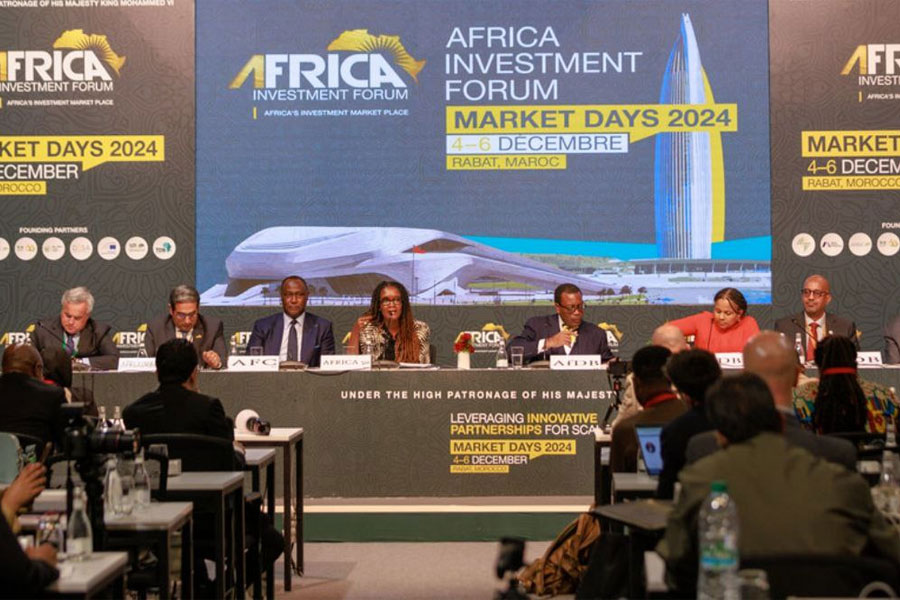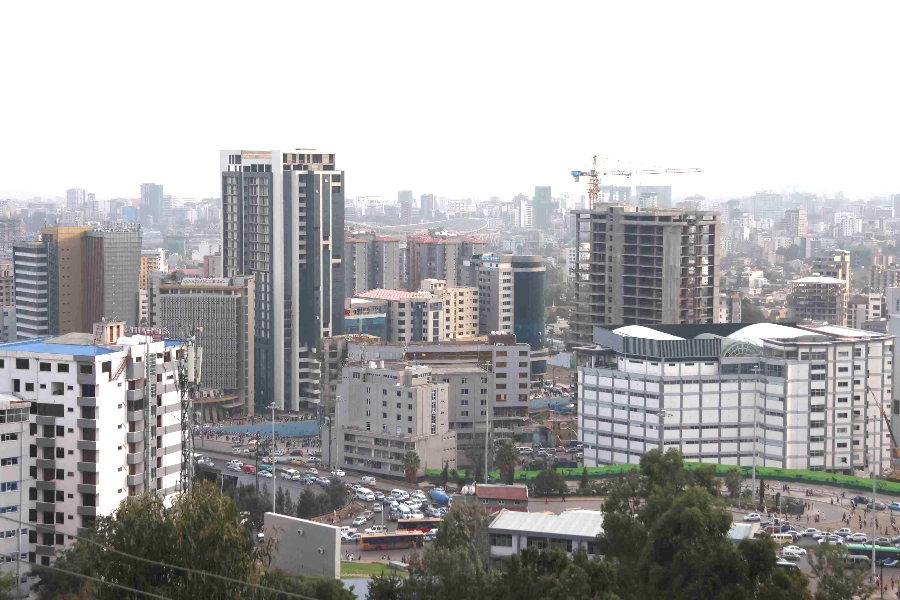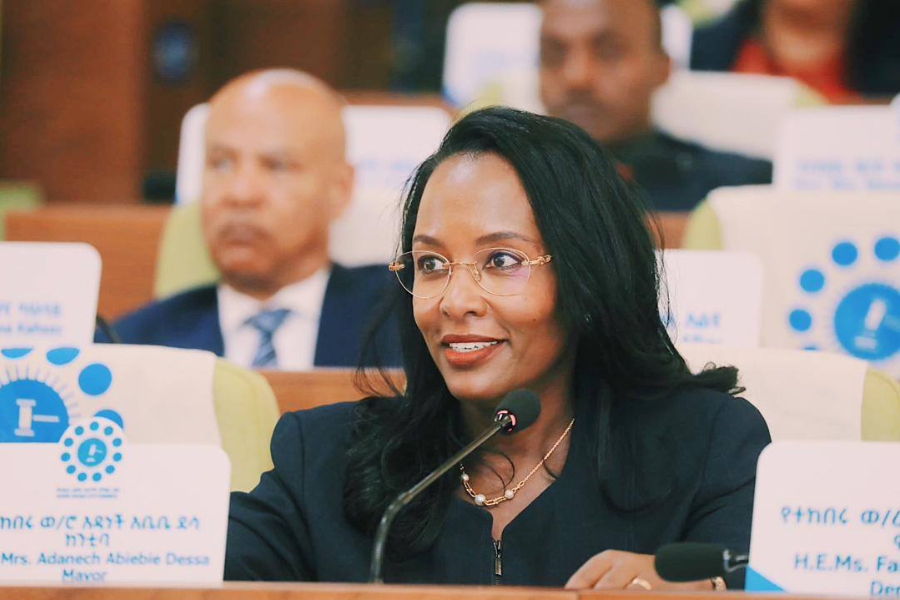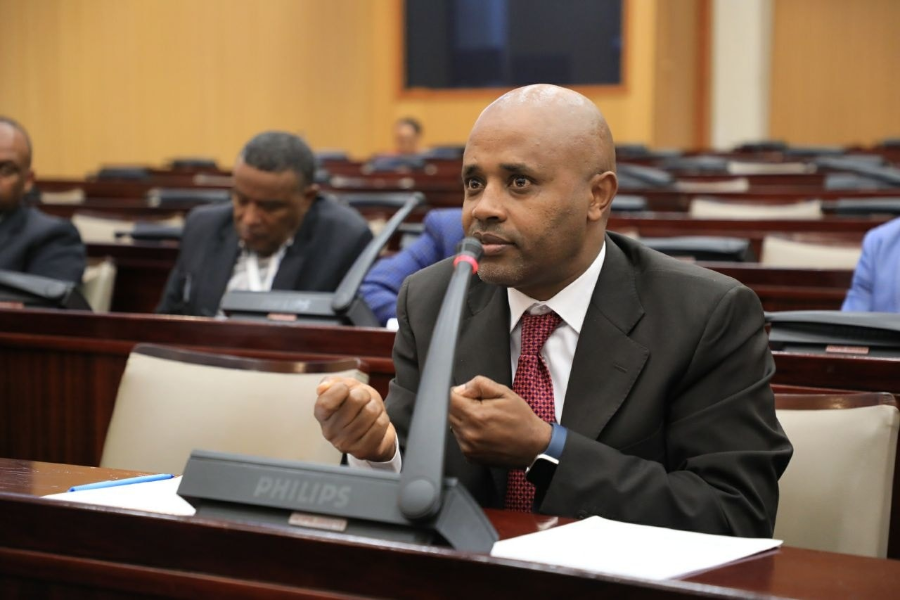
Viewpoints | Sep 17,2022
Sep 24 , 2022
By Mark Cliffe
This year’s heatwaves, wildfires, storms, droughts, and floods make it increasingly clear that global warming is causing more extreme weather. But conventional climate models have chronically overlooked the nature of these risks and the broader implications they have for the real economy and society, writes Mark Cliffe, visiting professor at the London Institute of Banking and Finance, and former chief economist of the ING Group.
Scientists have longed warned that climate change will adversely affect weather patterns and living conditions around the world. These warnings are now turning into a painful reality. Worse, the range of possible outcomes has proven to be increasingly “fat-tailed”: extreme weather events such as heatwaves, severe storms, and floods are more likely than normal statistical distributions would predict.
None of this bodes well for future political stability or economic prosperity. Our best hope is that the sharp sting in these tails will goad us into the necessary remedial action before things get even worse. But will it?
The public is increasingly aware that global warming is leading to more volatile weather. There have been record-setting heatwaves around the world this year, not just in India – where temperatures reached 49.2 degree celsius – but also in places like the United Kingdom (40.2 degree celsius). France and China are experiencing their worst droughts on record, and four consecutive years of failed rainy seasons in eastern Africa have put more than 50 million people at risk of “acute food insecurity.” Meanwhile, devastating storms and floods have hit Madagascar, Australia, the United States, Germany, Bangladesh, and South Africa.
These events are causing hundreds of thousands of deaths and enormous economic and financial damage each year, making weather volatility an increasingly important factor in risk assessment. Whereas temperature increases of 0.5 degree celsius here or there are barely perceptible, droughts, floods, and other short-term weather fluctuations can wreak deadly havoc.
Moreover, extreme weather events can cause changes that last far beyond the immediate shock and damage, especially when they accelerate developments that might otherwise have taken many years. Scientists are increasingly worried about “tipping points” – such as the melting of polar ice sheets – that would carry us across thresholds of irreversible change. That could create damaging feedback loops between interconnected climate risks, all of which would spill over into the real economy, driving defaults, job losses that disproportionately harm disadvantaged communities, and political turmoil.
Aside from the damage to the physical environment, extreme weather may therefore trigger abrupt and sometimes permanent shifts in social attitudes and public policy. When people start losing their homes, livelihoods, or even their lives, politicians must respond.
Surprisingly, while we are all acutely conscious of extreme weather, forecasters still widely overlook its role in accelerating structural changes. Mainstream climate scientists and economists tend to focus on the longer-term effects of climate change brought about by global warming, with an emphasis on scenarios involving global average temperature increases in the range of only 1.5 degree celsius to 2 degree celsius – the targets enshrined in the Paris climate agreement. And even in higher-temperature scenarios, it is assumed that the effects – on sea levels and agricultural output, for example – will accumulate only gradually, implying that the ultimate reckoning is several decades away.
But a recent paper, “Climate Endgame: Exploring Catastrophic Climate Change Scenarios,” shows that this conventional scenario analysis gravely understates the long-term risks, because it fails to give the more extreme climate outcomes (the fat tails) the attention they deserve. As the statistician Nassim Taleb has pointed out in the context of financial markets, conventional models struggle to handle the consequences of fat-tail events, creating a dangerous blind spot in their outlook.
Higher temperature pathways would unleash what the authors call the “four horsemen” of the climate endgame: famine and malnutrition, extreme weather, conflict, and vector-borne diseases. It does not take much imagination to see how this herd of apocalyptic harbingers might create social and political chaos, especially when they are all galloping together – as is already the case today with the global food crisis, a new war in Europe, and the ongoing pandemic. Worse, the mention of the second horseman suggests that the more immediate risks of climate change are still being underplayed. After all, extreme weather is also a driver of the other three horsemen, making it arguably the most important.
Weather shocks cause suffering that grabs society’s attention far more than abstract (though no less warranted) warnings of long-term doom. Polls show that support for climate action is greater for those who have personally experienced extreme weather. Although the current upsurge in inflation means that people are less enthusiastic about measures that would hurt their own finances, the growing incidence of disasters is shrinking the minority that remains sceptical of climate change or climate policies altogether.
In this way, the fat tails of the weather – rather than the fat tails of long-term climate change – are far more likely to prompt action within the shorter time horizons that preoccupy politicians and business. Let us hope that as the stings from these tails become ever more common and painful, they will spur us to sustain the policies necessary to keep the climate horses in their stable.
PUBLISHED ON
Sep 24,2022 [ VOL
23 , NO
1169]


Viewpoints | Sep 17,2022

Viewpoints | Apr 13, 2025

Commentaries | Apr 26,2025

Fortune News | Nov 02,2019

Commentaries | Jun 08,2024

Viewpoints | Mar 16,2019

Commentaries | May 03,2025

Viewpoints | Nov 23,2024

Commentaries | Oct 21,2023

Fortune News | Dec 08,2024

My Opinion | 132105 Views | Aug 14,2021

My Opinion | 128507 Views | Aug 21,2021

My Opinion | 126435 Views | Sep 10,2021

My Opinion | 124046 Views | Aug 07,2021





Dec 22 , 2024 . By TIZITA SHEWAFERAW
Charged with transforming colossal state-owned enterprises into modern and competitiv...

Aug 18 , 2024 . By AKSAH ITALO
Although predictable Yonas Zerihun's job in the ride-hailing service is not immune to...

Jul 28 , 2024 . By TIZITA SHEWAFERAW
Unhabitual, perhaps too many, Samuel Gebreyohannes, 38, used to occasionally enjoy a couple of beers at breakfast. However, he recently swit...

Jul 13 , 2024 . By AKSAH ITALO
Investors who rely on tractors, trucks, and field vehicles for commuting, transporting commodities, and f...

Jul 12 , 2025
Political leaders and their policy advisors often promise great leaps forward, yet th...

Jul 5 , 2025
Six years ago, Ethiopia was the darling of international liberal commentators. A year...

Jun 28 , 2025
Meseret Damtie, the assertive auditor general, has never been shy about naming names...

Jun 21 , 2025
A well-worn adage says, “Budget is not destiny, but it is direction.” Examining t...

Jul 13 , 2025 . By YITBAREK GETACHEW
The Addis Abeba City Revenue Bureau has introduced a new directive set to reshape how...

Jul 13 , 2025 . By BEZAWIT HULUAGER
Addis Abeba has approved a record 350 billion Br budget for the 2025/26 fiscal year,...

Jul 13 , 2025 . By RUTH BERHANU
The Addis Abeba Revenue Bureau has scrapped a value-added tax (VAT) on unprocessed ve...

Jul 13 , 2025 . By NAHOM AYELE
Federal lawmakers have finally brought closure to a protracted and contentious tax de...